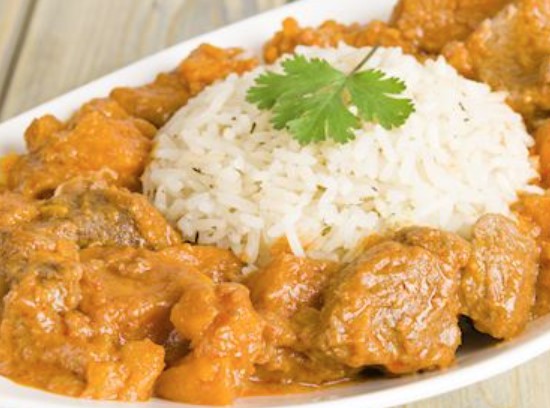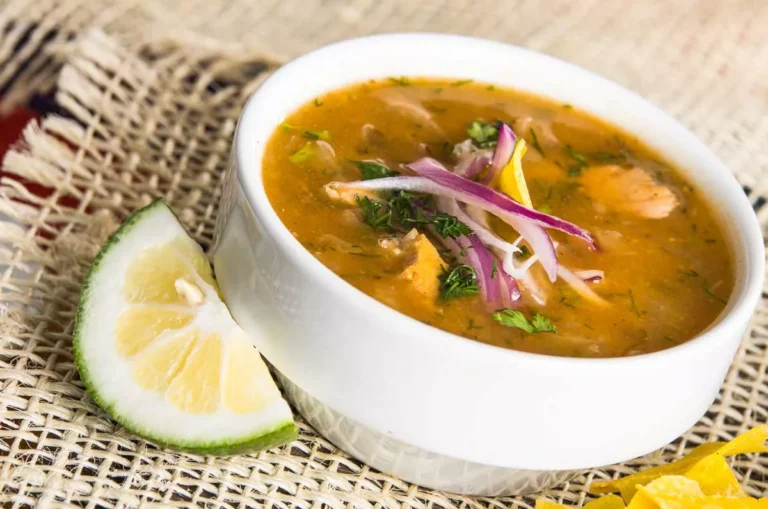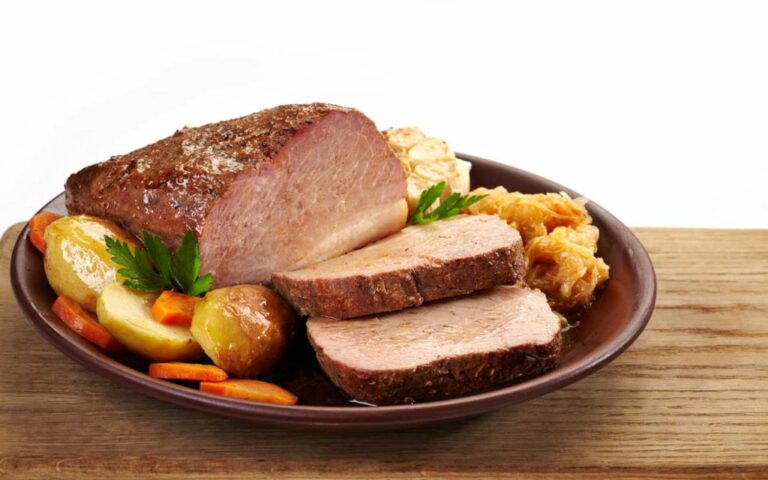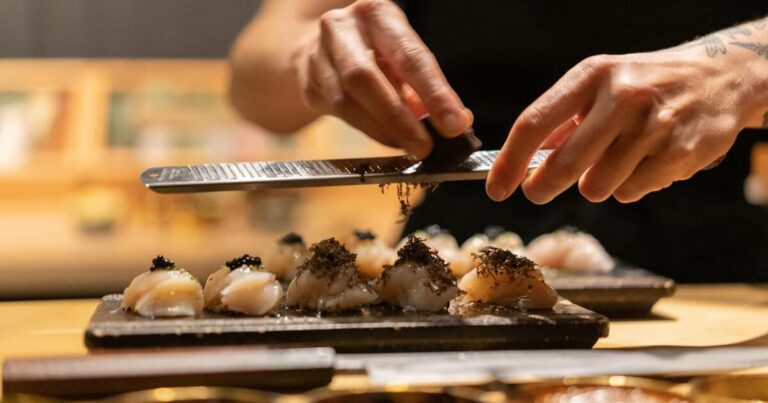Introduction: The Rich History of Egyptian Cuisine
Egyptian cuisine is a unique blend of diverse cultural influences that have shaped its identity over thousands of years. From the ancient Egyptians to the modern-day, the cuisine of Egypt has been shaped by various factors such as geography, religion, and foreign invasions. The fertile Nile Valley, the Mediterranean Sea, and the Arabian Peninsula have all played a significant role in shaping the ingredients and flavors of Egyptian cuisine.
Egyptian cuisine has a rich and diverse culinary heritage that has been influenced by various cultures and civilizations over time. The cuisine has evolved and adapted to changing tastes, ingredients, and regional preferences. The history of Egyptian cuisine is an important chapter in the country’s cultural heritage, reflecting the unique blend of influences that have shaped its identity over the centuries.
The Influence of Ancient Egyptian Cuisine
Ancient Egyptian cuisine had a significant impact on the culinary traditions of Egypt. The Egyptians were skilled farmers and cultivated a variety of crops such as wheat, barley, vegetables, and fruits. They also raised livestock such as sheep, goats, and cows for meat and dairy products. Bread was a staple food in ancient Egypt, and beer was a popular drink. The Egyptians also enjoyed a range of spices and herbs, which were used to flavor their food.
The cuisine of ancient Egypt was also influenced by its neighbors, including the Greeks and Romans. The Greeks introduced new ingredients such as olives, figs, and grapes to Egypt, while the Romans brought new cooking techniques such as baking and roasting. The cuisine of ancient Egypt also had a significant impact on the culinary traditions of other civilizations, such as the Arab world and the Mediterranean region.
The Impact of Arab and Islamic Conquests
With the arrival of the Arab and Islamic conquests in the 7th century, Egyptian cuisine underwent significant changes. The Arab conquest introduced new ingredients such as lamb, spices, and nuts, as well as new cooking techniques such as roasting and grilling. The Islamic conquest brought dietary restrictions, such as the prohibition of pork and alcohol, which influenced the food culture of Egypt.
The Arab and Islamic conquests also had a significant impact on the culinary traditions of other regions, such as North Africa and the Middle East. The cuisine of Egypt became an essential part of the Islamic world, influencing the culinary traditions of other Muslim countries. Today, many dishes in Egypt, such as koshari and ful medames, have become popular throughout the Arab world.
The Role of Ottoman Rule in Egyptian Cuisine
During the Ottoman Empire’s rule in Egypt from the 16th to the 19th centuries, Egyptian cuisine was further enriched with new ingredients and cooking techniques. The Ottomans introduced new spices such as cinnamon, cloves, and saffron, as well as new dishes such as kofta and shawarma. The cuisine of Egypt became a fusion of Ottoman, Arab, and Egyptian influences.
The Ottoman influence on Egyptian cuisine can still be seen today in dishes such as stuffed vine leaves and Turkish coffee. The cuisine of Egypt played an essential role in the Ottoman Empire, influencing the culinary traditions of other regions such as the Balkans and the Caucasus.
Egyptian Cuisine under British Colonialism
The British colonial rule in Egypt from 1882 to 1952 had a significant impact on the cuisine of Egypt. The British introduced new ingredients such as tea and biscuits, as well as new cooking techniques such as frying. The British also influenced the food culture of Egypt by introducing new dishes such as fish and chips and sandwiches.
Egyptian cuisine evolved during the colonial period, adapting to the changing tastes and preferences of the British. The cuisine of Egypt continued to evolve after the country gained independence in 1952.
The Emergence of Modern Egyptian Cuisine
Modern Egyptian cuisine emerged in the mid-20th century, influenced by a range of factors such as globalization, urbanization, and changing consumer preferences. Modern Egyptian cuisine is a fusion of traditional and contemporary influences, reflecting the country’s diverse cultural heritage.
Today, Egyptian cuisine is known for its diverse flavors, spices, and ingredients. It is a cuisine that has evolved and adapted to changing times, reflecting the country’s rich cultural heritage.
The Globalization of Egyptian Cuisine
Egyptian cuisine has gained global recognition in recent years, with restaurants and food enthusiasts around the world embracing its unique flavors and ingredients. Egyptian dishes such as kushari, molokhia, and falafel have become popular in many parts of the world, reflecting the globalization of Egyptian cuisine.
The emergence of social media and food blogs has also contributed to the global popularity of Egyptian cuisine, with food enthusiasts sharing their love for Egyptian dishes on platforms such as Instagram and YouTube.
Conclusion: The Enduring Legacy of Egyptian Cuisine
Egyptian cuisine has a rich and diverse culinary heritage that reflects the country’s unique cultural identity. From the ancient Egyptians to the modern-day, the cuisine of Egypt has been shaped by various cultural influences, reflecting the country’s rich history and diverse cultural heritage. Today, Egyptian cuisine continues to evolve and adapt to changing times, reflecting the country’s vibrant and dynamic culinary culture.










